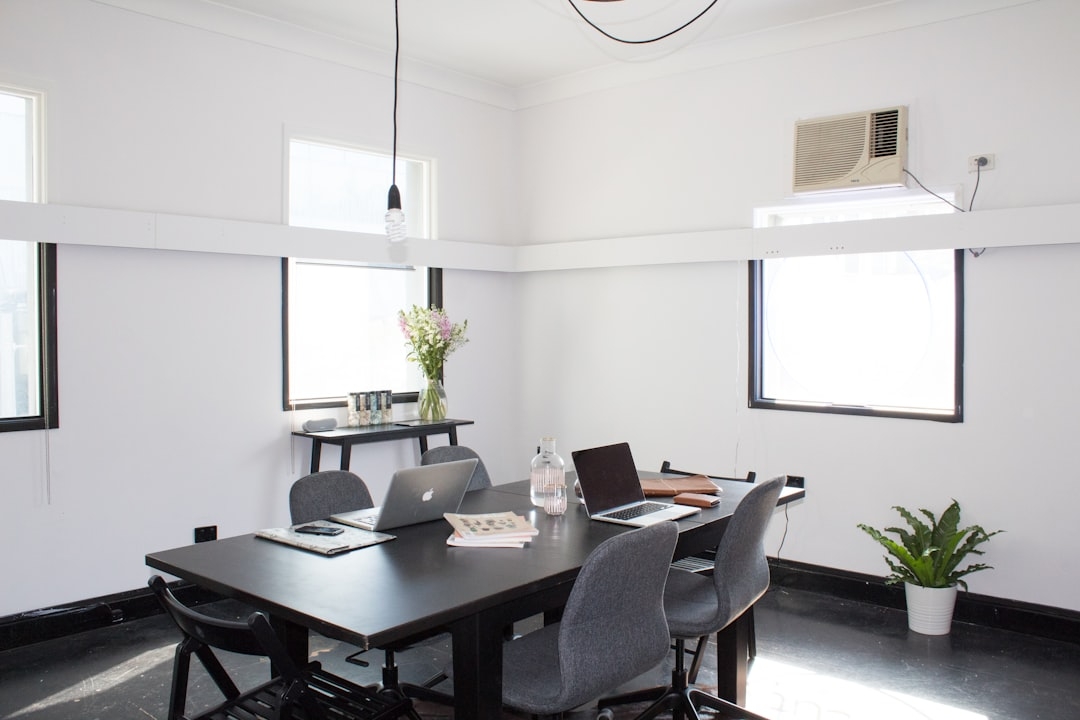

Designing a functional and efficient medical space is crucial for the success of any healthcare facility. A well-planned medical fitout can greatly impact the overall experience of patients, staff, and visitors.
When designing a medical space, it is important to consider the specific needs and requirements of the facility. This includes factors such as the size of the space, the number of patients being served, and the types of services being provided. By carefully planning out the layout and flow of the space, healthcare providers can ensure that patients are able to easily navigate through the facility and receive timely care.
In addition to improving patient satisfaction, a well-designed medical fitout can also enhance the efficiency of healthcare delivery. By optimizing workflows and minimizing unnecessary steps, medical staff can provide more effective care in less time. This not only benefits patients but also allows healthcare facilities to see more patients and increase their overall productivity.
Furthermore, a functional medical space can also have a positive impact on staff morale and retention. By creating a comfortable work environment that meets their needs, healthcare providers are more likely to feel satisfied in their roles and remain committed to providing high-quality care.
Overall, designing a functional and efficient medical space is essential for ensuring that patients receive the best possible care while also maximizing operational efficiency. By investing in thoughtful design and planning, healthcare facilities can create spaces that promote healing, comfort, and safety for all who enter their doors.
A medical fitout typically includes several key components that are essential for creating a functional and efficient healthcare environment. These components are carefully designed and implemented to ensure the safety, comfort, and convenience of patients and staff alike.
Consultation Rooms One important feature of a medical fitout is the consultation rooms. These rooms are where healthcare professionals meet with patients to discuss their medical concerns, provide diagnoses, and recommend treatments. Consultation rooms typically include a desk or table for the healthcare provider, seating for the patient, storage space for medical supplies, and examination equipment.
Treatment Areas Another crucial component of a medical fitout is the treatment areas. These spaces are where procedures such as minor surgeries, wound care, vaccinations, and other medical interventions take place. Treatment areas are equipped with specialized equipment such as examination tables, lighting fixtures, cabinets for storing supplies, sinks for handwashing, and waste disposal systems.
Reception Area The reception area is often the first point of contact for patients when they visit a healthcare facility. It serves as a welcoming space where patients can check in for appointments, complete paperwork, schedule follow-up visits, and make payments. The reception area typically includes a front desk or counter, seating for waiting patients, signage displaying important information, and access to restrooms.
Staff Workstations Staff workstations are essential components of a medical fitout as they provide healthcare professionals with dedicated spaces to complete administrative tasks such as charting patient records, communicating with colleagues, ordering supplies, and scheduling appointments. Staff workstations may include desks or work surfaces, computers or laptops with internet access and software programs specific to healthcare settings.
Storage Areas Storage areas play a critical role in maintaining organization and efficiency within a healthcare facility. They are used to store medical supplies such as medications, bandages, gloves, masks, syringes, gauze pads etc., as well as office supplies like paper forms pens staplers etc.. Storage areas may consist of cabinets shelves drawers carts bins or other types of storage solutions depending on the needs of the facility. Proper organization labeling inventory management must be maintained in these areas to ensure that supplies are readily accessible when needed during patient care activities.
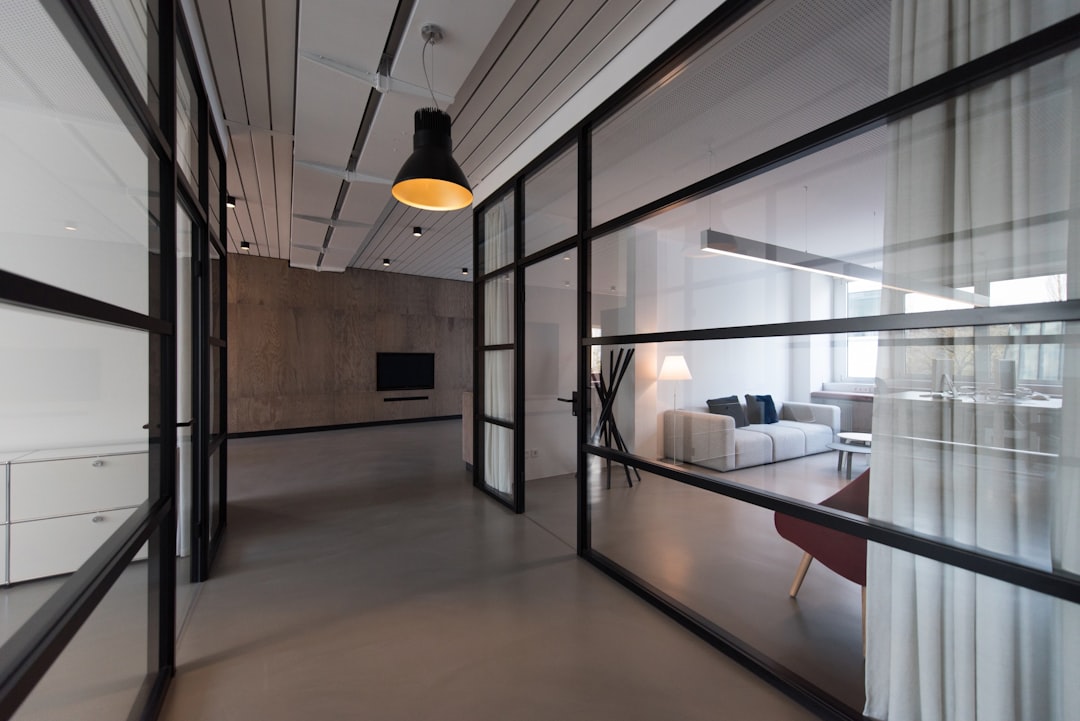
Are you tired of walking into the same old commercial office day after day?. Do you feel like your workspace is lacking personality and style?
Posted by on 2024-10-16
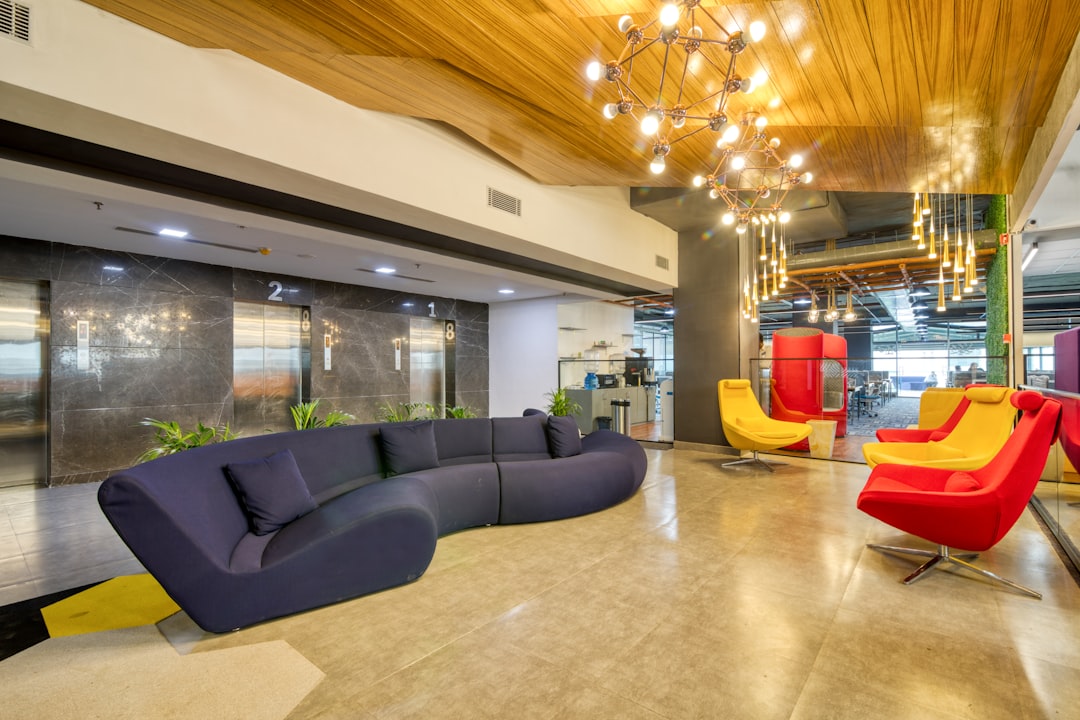
When planning a commercial office fitout, there are several important factors that need to be carefully considered in order to create a functional and aesthetically pleasing workspace. One of the first things that should be taken into account is the layout of the office space.. It is essential to think about how different areas within the office will be used and how they can best be arranged to optimize productivity and efficiency.
Posted by on 2024-10-16
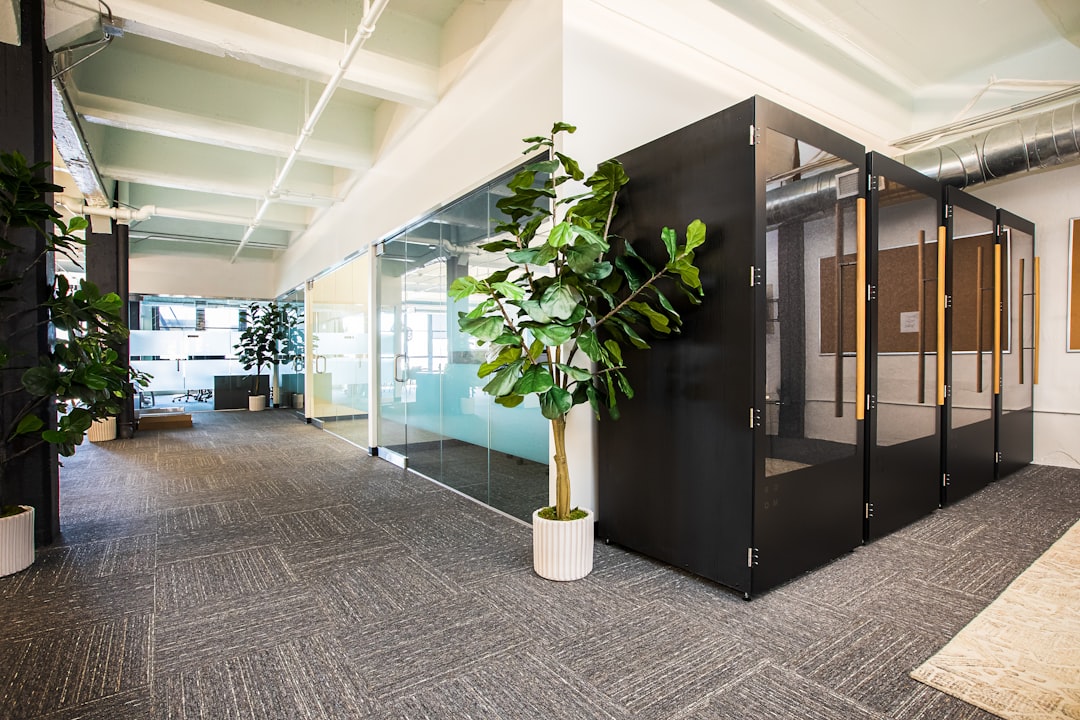
Commercial office fitouts are a crucial aspect of creating a functional and aesthetically pleasing workspace.. The primary purpose of commercial office fitouts is to optimize the use of space within an office environment, ensuring that every inch is utilized effectively to meet the needs of employees and clients. By carefully planning and designing the layout of an office space, commercial office fitouts can improve productivity and efficiency among employees.
Posted by on 2024-10-16
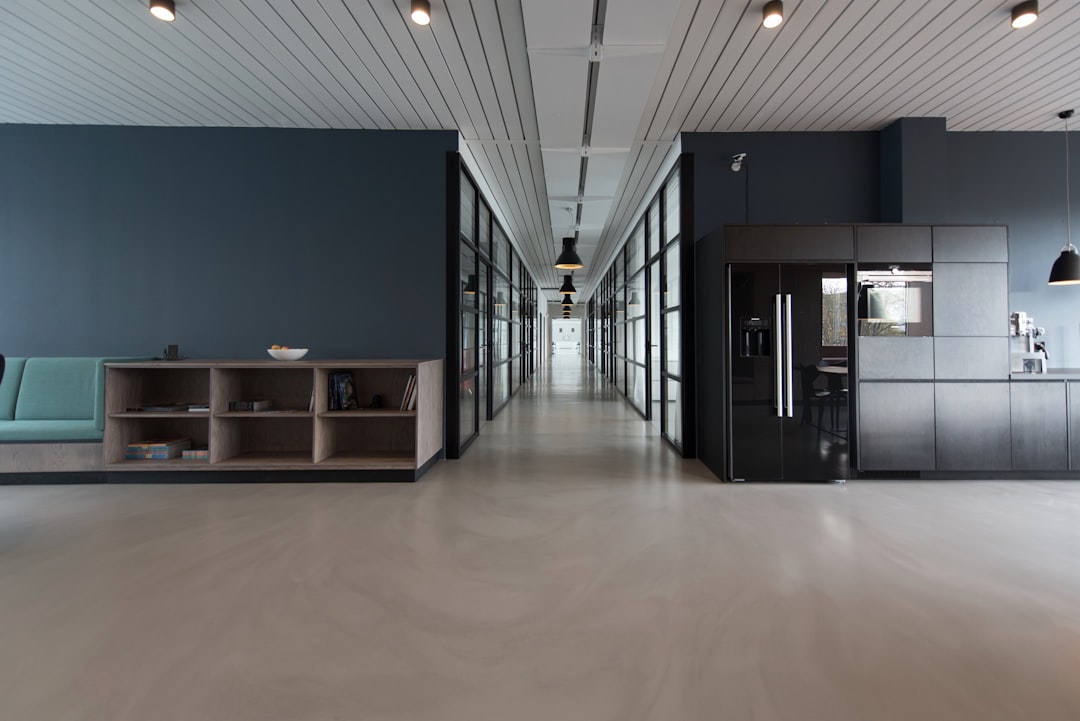
Creating a productive workspace is essential for any professional looking to maximize their efficiency and creativity.. One way to achieve this is through professional office fitouts, which can help optimize your workspace and promote a more conducive environment for work. When it comes to designing your office space, there are many factors to consider.
Posted by on 2024-10-16
One of the common challenges associated with medical fitouts is ensuring compliance with regulations and standards. Medical facilities are required to meet strict guidelines set by regulatory bodies such as the Health Department, Occupational Safety and Health Administration (OSHA), and the American Disability Act (ADA). Failure to comply with these regulations can result in fines, lawsuits, or even closure of the facility.
Another challenge is designing an efficient layout that maximizes space utilization while providing a comfortable environment for patients and staff. Medical fitouts require careful planning to accommodate various equipment, furniture, and fixtures while ensuring smooth workflow within the facility. Balancing functionality with aesthetics is crucial to creating a welcoming atmosphere that promotes healing and well-being.
Maintaining infection control is another significant challenge in medical fitouts. Healthcare-associated infections are a serious concern in medical facilities, so it is essential to design spaces that minimize the risk of contamination. This includes selecting appropriate materials that are easy to clean and disinfect, implementing proper ventilation systems, and establishing protocols for waste disposal.
Ensuring technology integration is also a common challenge in medical fitouts. Modern healthcare facilities rely heavily on technology for patient care, record-keeping, communication, and diagnostics. Integrating these technologies seamlessly into the design of the facility requires coordination among various stakeholders such as IT specialists, architects, contractors, and healthcare providers.
Managing costs effectively is another challenge that many medical facilities face during fitout projects. Budget constraints often force healthcare organizations to make tough decisions about where to allocate resources. Balancing quality with affordability can be difficult when dealing with expensive medical equipment, specialized furniture, and construction expenses.
Finally, coordinating multiple stakeholders involved in a medical fitout project can present challenges related to communication, decision-making processes, timelines, and budget constraints. Collaboration among architects, designers, contractors, healthcare providers, regulatory agencies, vendors, and other parties is essential for successful completion of a medical fitout project. Effective communication channels must be established to ensure everyone stays informed and aligned throughout the process.

Choosing durable, easy-to-clean furniture that meets infection control standards is essential for maintaining hygiene in a medical fitout.